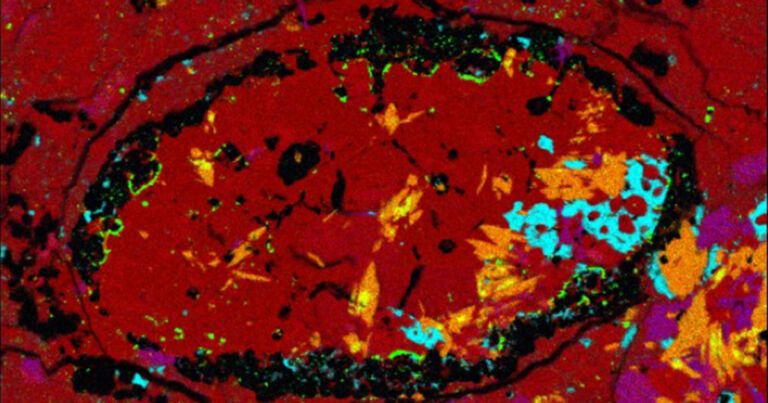Apple’s first passenger car could include its own breakthrough battery technology.
Apple is actively working on various automotive projects that could ultimately lead to an “Apple Car” and is targeting 2024 to produce a passenger vehicle.
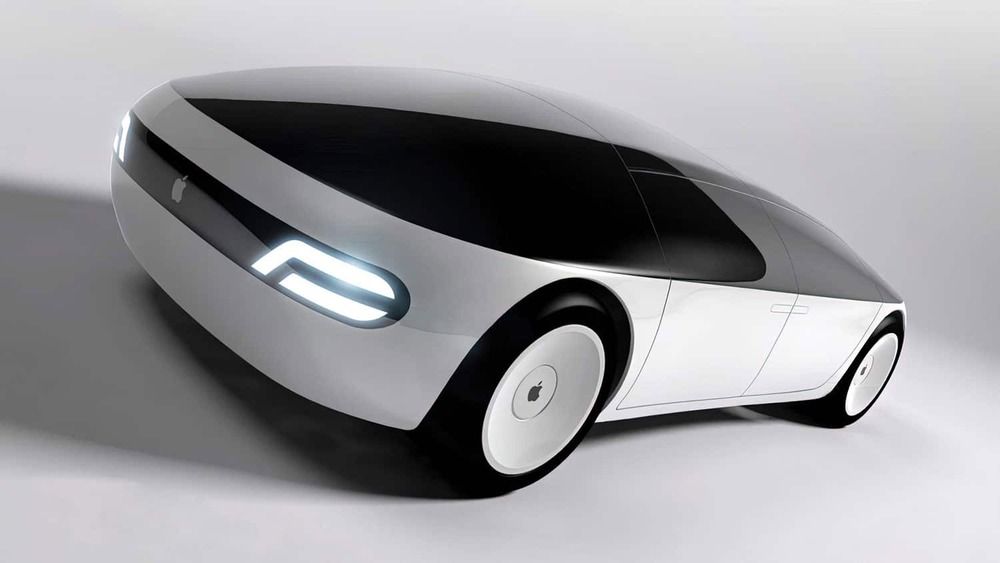
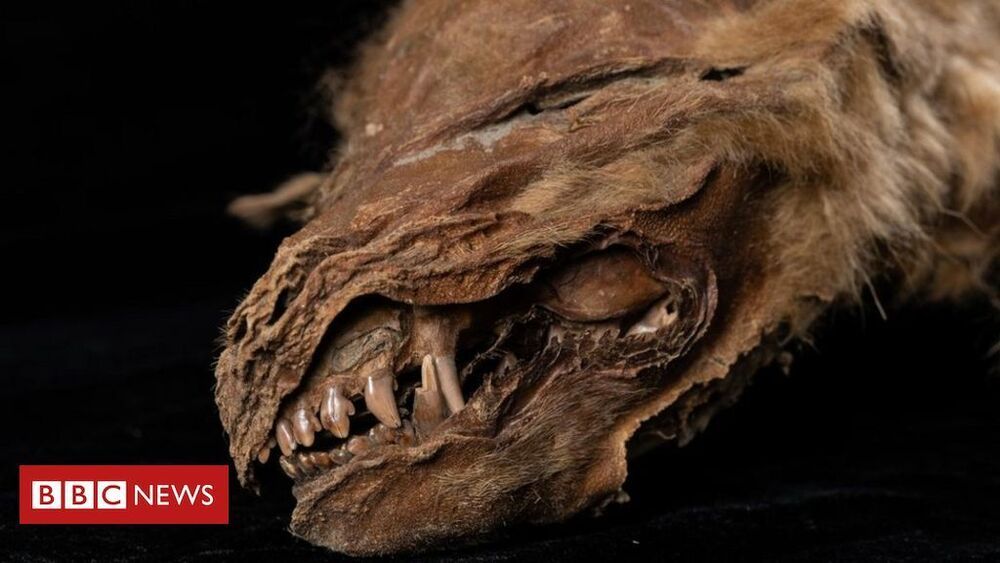
The era of oil is coming to an end…at last.
Here I look at the evidence to support such a claim and what may be the results 🙂
In the end of oil age I will examine a bit of the history of oil to lay some groundwork and then look at how 2020 has really added the final nails to the coffin that was already closing shut very fast.
By 2030 the world will be so different we will not recognise it from today.
Renewables and new transport options will have decimated the oil market, making all it s derivatives much more expensive, opening the door for the competitors who have been fine tuning their game for years now.


Honorable Mentions
One more scientific brilliance this year is the use of light in neuroscience and tissue engineering. One study, for example, used lasers to directly print a human ear-like structure under the skin of mice, without a single surgical cut. Another used light to incept smell in mice, artificially programming an entirely new, never-seen-in-nature perception of a scent directly into their brains. Yet another study combined lasers with virtual reality to dissect how our brains process space and navigation, “mentally transporting” a mouse to a virtual location linked to a reward. To cap it off, scientists found a new way to use light to control the brain through the skull without surgery—though as of now, you’ll still need gene therapy. Given the implications of unauthorized “mind control,” that’s probably less of a bug and more of a feature.
We’re nearing the frustratingly slow, but sure, dying gasp of Covid-19. The pandemic defined 2020, but science kept hustling along. I can’t wait to share what might come in the next year with you—may it be revolutionary, potentially terrifying, utterly bizarre or oddly heart-warming.

Summary: Gene expression patterns in four regions of the prefrontal cortex are distinctly different in those who have been diagnosed with PTSD compared to those who have not. Major differences were seen in interneurons, which inhibit the immune system and microglia in the central nervous system. Findings shed light on why women are more likely to experience PTSD and compound a link between post-traumatic stress and a dampening of the immune system.
Source: Yale.
A post-mortem analysis of brain tissue from people who had been diagnosed with post-traumatic stress disorder (PTSD) may help explain enduring mysteries about the disorder, such as why women are more susceptible to it and whether a dampened immune system response plays a role in dealing with stress, a team headed by Yale University researchers has found.
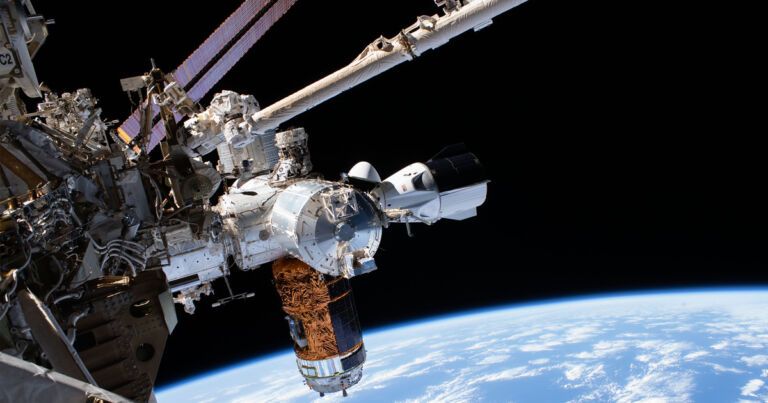
Its happening again, it seems.
Just a Drip
Losing air on a space station sounds perilous, but Roscosmos maintains that the crewmembers are safe and that the situation is under control. The leak is very small, it says, and backup systems are in place if needed.
“We have had this leak for quite some time, the rate is very small, nothing has happened,” Roscosmos Program Director Sergei Krikalev told the Russian news agency Interfax. “One of the leaks was found and reduced, but it still remains.”
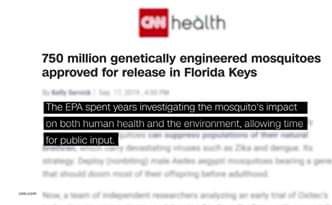
https://sc.mp/subscribe-youtube.
A 30-year-old in Thailand is turning chicken feathers into food. Sorawut Kittibanthorn got his idea from the 2.08 million tonnes of chicken feathers dumped each year. He hopes his creations can help reduce feather waste produced every day.
Support us:
https://subscribe.scmp.com.
Follow us on:
Website: https://www.scmp.com.
Facebook: https://facebook.com/scmp.
Twitter: https://twitter.com/scmpnews.
Instagram: https://instagram.com/scmpnews.
Linkedin: https://www.linkedin.com/company/south-china-morning-post/
